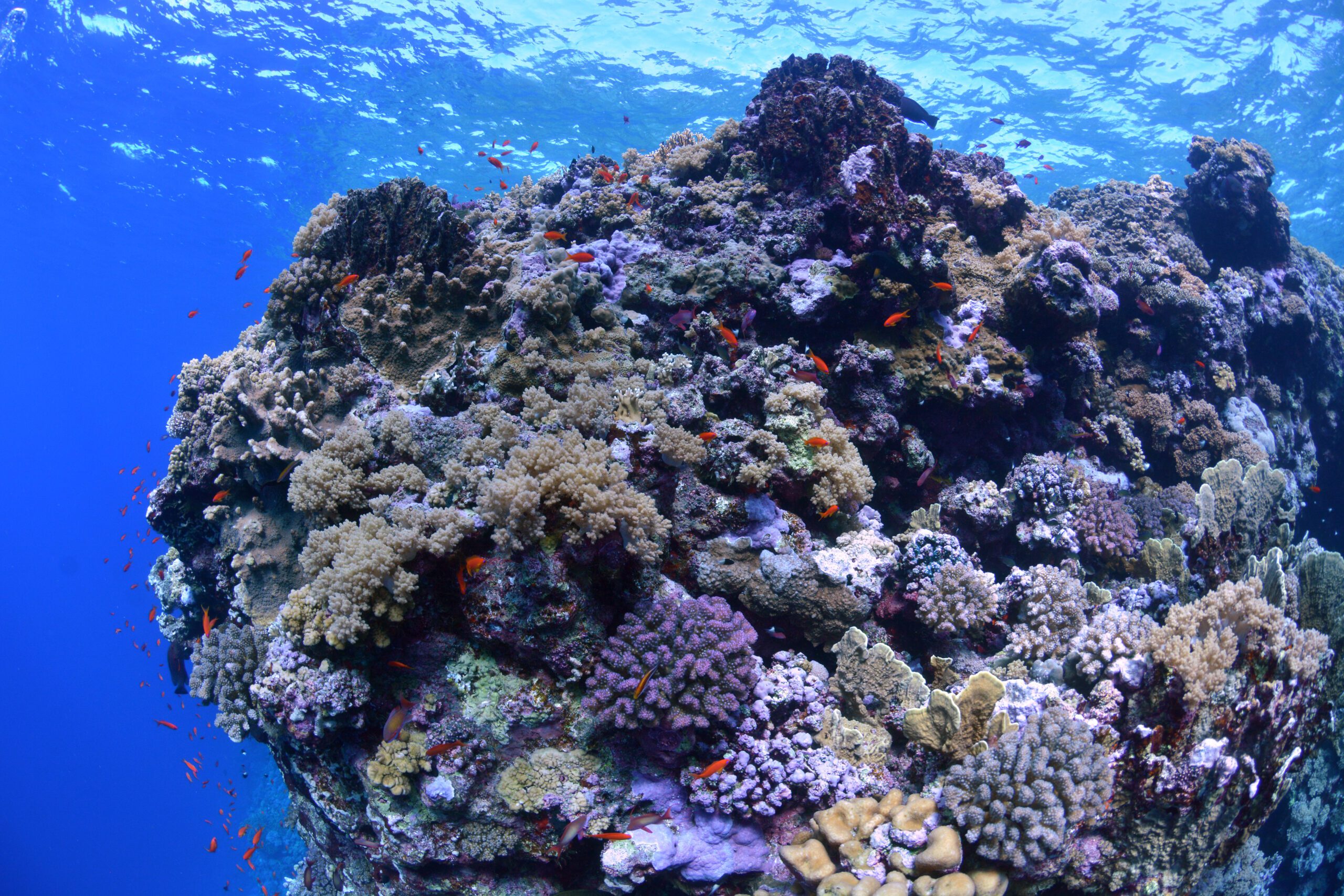How is coral feeding affected by aquarium filtration?
Modern marine aquariums offer quite a few solutions to help maintain proper water parameters. This includes not only the necessary supplementation, but also the assistance in removing excess organic matter from the water. Skimmers, rollermats, probiotics, refugium or DSBs means that the aquarist gets a full range of options to take care of water quality. Unfortunately, you can often observe filtration that is too powerful in relation to the size and amount of biomass in the system. In the fight against nitrates and phosphates, aquarists often use oversized equipment such as a skimmer, ozonator or refugium, all at once. They remove not only what is unnecessary, but also what is essential for the health of the aquarium’s reef system. From the first part of the series about coral feeding you already know why they should be fed. But how does coral feeding affect filtration in a marine aquarium?
A few words about filtration in aquaria with corals
In a typical home aquarium, filtration should be adjusted to constantly reduce the amount of dissolved and undissolved organic matter. The intensity of this filtration is very important. If it’s too weak, it will lead to decomposition of organics in the aquarium and uncontrolled growth of nitrates and phosphates. But if it’s too strong, it willcause a constant shortage of nutrients for corals and filter feeders. Therefore, the intensity of filtration must be adjusted to fish and coral feeding. However, contrary to what quite a few people may think, on coral reefs the water is not clear. It contains a lot of visible suspension. In a home aquaria, which are mostly intended as decorations, the aim is to clarify the water with sponges, filter socks or skimmers. This, unfortunately, automatically deprives the corals of constant access to food.
Overfiltration means less food for corals
In nature, access to food in the water is relatively constant. However, its quality and quantity varies depending on the time of day and season. While fish can eat the food given to them in tens of seconds, it is a much slower process for corals. Therefore, such an oversized skimmer will begin to remove suspended food from the water before the polyps even come out.
A sure-fire solution used by many aquarists is to turn off filtration for feeding time. This allows the food to remain suspended in the water for some time. From the point of view of the diurnal cycle of coral activity, it would be good to do it at night. This is when most SPS and LPS corals naturally go into “ heterotrophic feeding mode”. Unfortunately, due to the risk of oxygen squeeze, aquarists do not like to turn off skimmers overnight, and they are most responsible for the CO2/O2 gas exchange between water and air.

This is a perfect example of why the use of over-efficient skimmers does not go hand in hand with the supply of food for corals. Therefore, it is worth thinking about the size of the skimmer already at the stage of planning the aquarium. Especially if you plan a complex combination of mechanical, chemical and biological filtration. Coral feeding should also be varied in terms of the amount of food, and days with more abundant feeding can be preceded by days with poor feeding. This will result in better utilization of any excess food and less risk of water eutrophication.
It is finding a fair balance between the intensity of filtration and the corals’ access to food that is perhaps the biggest challenge for aquarists; and not just beginners.










